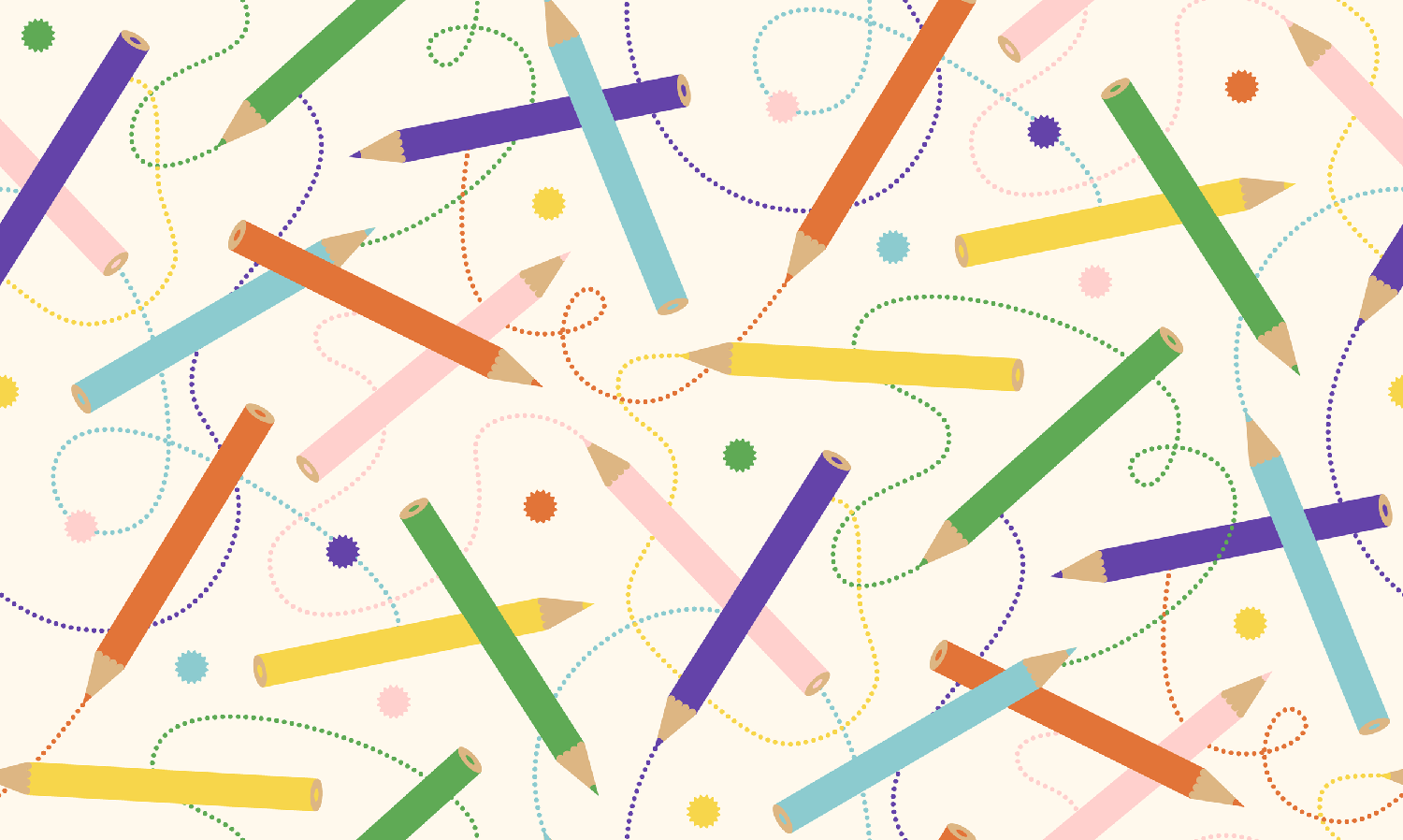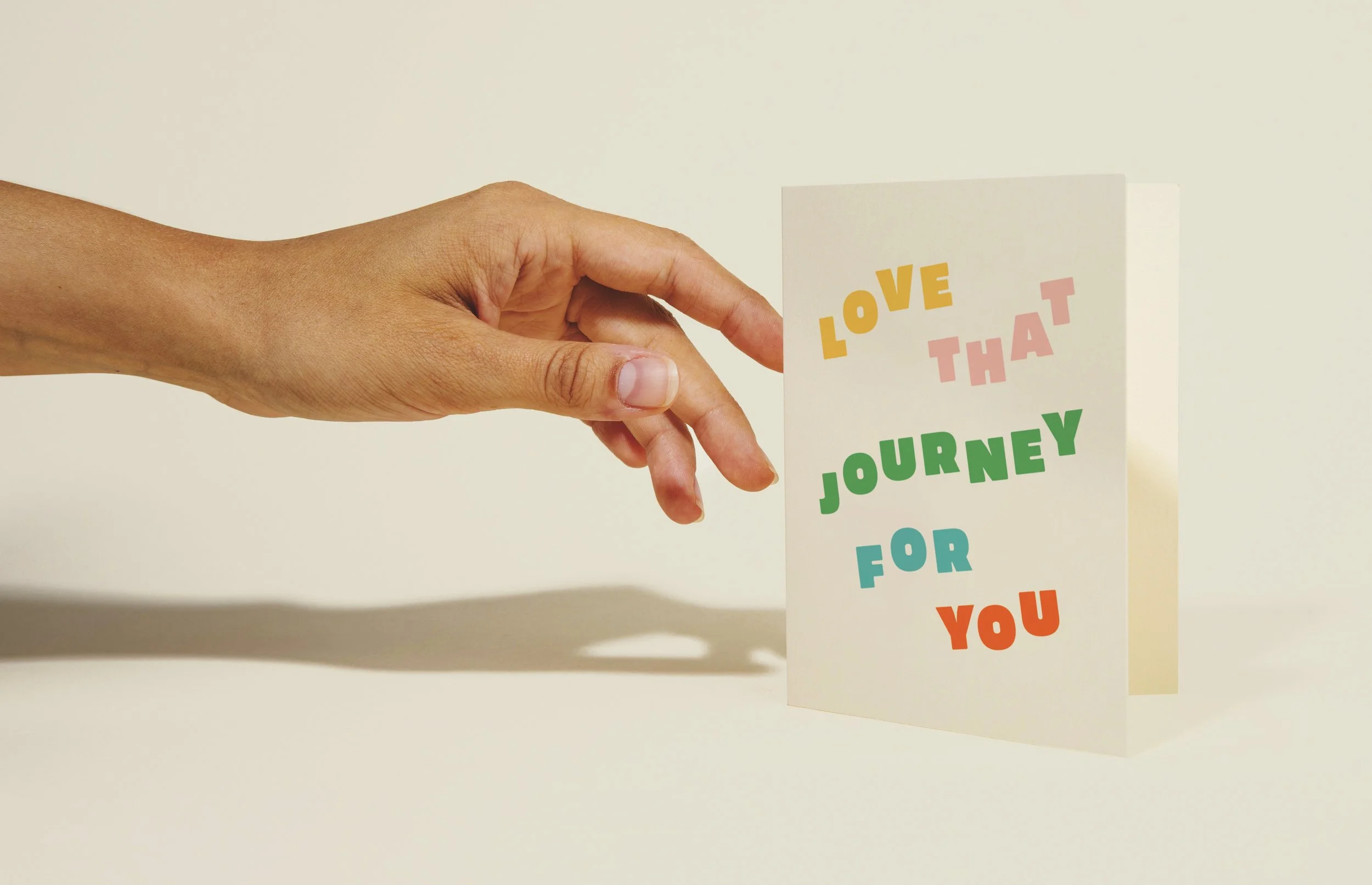How Creative Problem Solving Has Saved Me Time, Money, and Materials
Creative product development ideas for small business owners, plus real examples from paper&stuff that prove you don’t always need a big budget to make a big impact.
Running a product-based business comes with a hundred micro-decisions a day: What to launch. What to retire. What to do with leftover inventory or imperfect products. And how to do all of it without overspending or burning out.
Over the years, I’ve learned that some of my most effective moves didn’t come from massive product launches or polished marketing plans. They came from quick, thoughtful pivots. Spur of the moment experiments. Creative reuse. In short: scrappy, low-cost product strategies that made the most of what I already had.
Here are five small product wins (and one near-miss) that saved me time, money, and materials. Plus a few lessons I’ll carry with me into every new design decision.
A Bestseller, Born from a Mashup
Two of my greeting cards were consistent top sellers. I kept reprinting them. People kept buying them. Great! But after a while, I wondered—what if I combined their best elements into a single new design? That remix card went on to become another bestseller. It felt familiar enough to resonate, but fresh enough to stand on its own.
Pro tip: This idea came directly from reviewing sales analytics—so if you’re not already tracking your product data, start now. Your next bestseller might already exist in pieces.
Why it worked: I trusted what was already working and layered it into something new. No starting from scratch. Reusing visual or copy elements can drastically cut down on design time, printing prep, and even emotional energy.
Sustainability perk: Designing smarter from the start means fewer iterations and less waste.
This one came first.
Then this one.
And then they had a baby.
The “Imperfect” Keychain That Made People Smile
I once received a batch of keychains that weren’t up to my usual standard—tiny flaws, slight off-centering, things I noticed immediately but most people wouldn’t. Rather than scrap them, I created an “imperfect” tier and sold them at a discount. Not only did they sell, but customers have consistently said they couldn’t spot the issues and were just thrilled to get a deal. That kind of transparency builds trust and turns a potential loss into a win.
Why it worked: It reframed a problem as an opportunity. Plus, it added a little personality to the customer experience.
Sustainability perk: Nothing went to waste. Everything got used, and I didn’t have to toss a single piece.
If you're curious about how I think about sustainability more broadly, I also shared about how I’m building an eco-friendly stationery brand.
The Mystery Pack Experiment
Let’s be honest: some designs just don’t move as fast. Or maybe you printed a little too much of something that had a moment... and then didn’t. Or maybe some cards have small flaws but don’t deserve to be thrown out.
Enter: the mystery pack. A curated bundle of cards where people don’t know exactly what they’re getting, but know it’ll be fun. I’ve created versions for holidays, birthdays, and even just general surprise-seekers. These packs help me clear older inventory without having to heavily discount individual products. Mystery packs are one of the easiest ways I’ve found to reduce product waste, clear storage space, and bring in extra revenue with minimal effort.
Pro tip: Holding onto unsold product eats up shelf space and shelf space is cash. The faster you can move stagnant inventory, the better.
Why it worked: People love a deal, but they also love a surprise. It brought a sense of play and discovery back to the shopping experience.
Sustainability perk: Fewer overstocked items gathering dust. More joy per envelope.
Test Now, Commit Later
Earlier this year, I impulsively designed a line of rocks glasses, set up product pages, made mockups, and even ran a few ads—before seeing a sample. (Not recommended... but real. I can be impatient sometimes.) One order came in immediately. Great! Then the samples arrived and... they were disappointing. I used mockups to test demand first (which I’ve written about here), but next time I’ll wait for samples before going live. I refunded the customer, pulled the listings, and chalked it up to a fun, slightly chaotic experiment.
Why it worked (and didn’t): It taught me that you can test demand quickly, but the product still needs to meet the quality bar. The design was a hit, though so now I know the concept has legs. I just need a better production method.
Sustainability perk: Because I used print-on-demand, I avoided producing in bulk and creating excess. Small-batch or made-to-order options can be a great way to validate new ideas with minimal risk.
One Design, Multiple Lives
I used to treat every new product like it needed brand new artwork. But sometimes, the smart move is reusing what already exists—and using it better. I’ve repurposed a single surface pattern into greeting cards, gift bags, stickers, and even (almost) glassware. When a design hits, why not let it stretch its legs?
Why it worked: Familiarity builds brand recognition. Plus, designing once and applying across formats saves hours. It’s creatively satisfying and logistically efficient.
Sustainability perk: Less design time means fewer prototypes, fewer edits, and less material waste over time.
Creative Problem Solving for Small Product Businesses: The Takeaway
Not every idea is a showstopper. Sometimes, creative problem solving is just taking a beat to ask: What do I already have that’s worth rethinking?
These small product experiments—some successful, some just “educational”—have helped me run paper&stuff with more flexibility, more sustainability, and a lot more fun. They’ve reminded me that great design isn’t just about what’s new or trendy. It’s about making smart, intentional choices even when no one sees the back-end scramble. Whether you’re just starting your product-based business or looking for ways to grow sustainably, these kinds of creative pivots can make all the difference. I talk more about the highs, lows, and lessons in this reflection on five years of running paper&stuff—but the thread that runs through all of it is staying resourceful and open to trying new things.
Curious how else this business has evolved? Keep reading:
Lessons from building paper&stuff
Five Years, Five Lessons from Running My BusinessWhen growth feels like burnout
Dear Diary: Reflecting on My Hardest YearDesign choices with the planet in mind
How I’m Building an Eco-Friendly Stationery Brand







